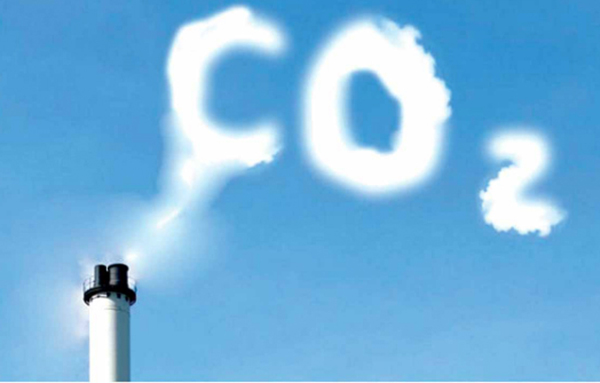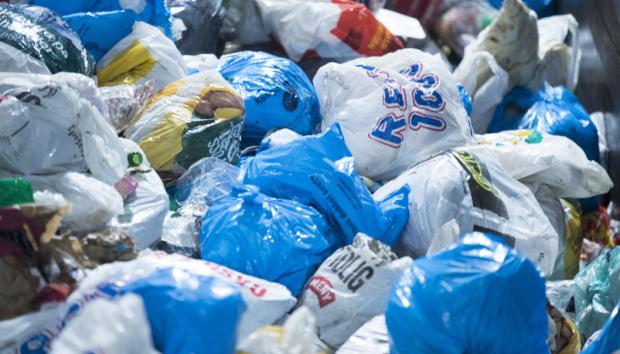There may be a hidden source of greenhouse gas that we aren’t accounting for.
Plastic may release the heat-trapping, climate-warming gases as soon as it’s exposed to light, new research from the University of Hawaii at Manoa has found. Light not only breaks down plastic, but also releases methane and ethylene — two of the most problematic greenhouse gases. Though the gases from degrading plastic probably account for a small percentage of global emissions, it’s likely their contributions will grow. [In Images: The Great Pacific Garbage Patch]
To learn what gases plastics were releasing, the research team collected samples of the seven most common types of consumer plastic — both newly produced pieces and fragments fished from the ocean — and monitored the objects’ gas production while floating in seawater or exposed to air. All of the samples emitted methane and ethylene, but low density polyethylene (LDPE) exposed to air produced more gases than all other material-environment combinations. A thin material found in plastic wrap and grocery bags, LDPE is one of the main plastics in production and one of the most frequently discarded, said Sarah-Jeanne Royer, a marine biologist at the University of Hawaii at Manoa and the lead researcher on the paper.
Royer and her team said the gases result from ultraviolet (UV) rays slowly breaking down the material. As plastic ages, it breaks apart, which is how fingernail-size fragments of plastic end up floating in the ocean. Royer reasoned that smaller pieces mean more surface area for light to damage, so her team evaluated gas emissions from LDPE pieces of different sizes. LDPE powder, they found, emitted 500 times more methane than LDPE pellets.
If the amount of gas from plastic is small now, the constantly increasing surface area of degrading plastics explains why the problem will probably only worsen, Royer said. “It’s very worrying, because all the plastic we’ve produced since 1950 is still here on Earth, and it’s degrading as we speak, so it will produce more and more [methane],” Royer told Live Science.

Chris Ellison, a chemical engineering and material science professor at the University of Minnesota, who was not involved in the current research, agreed that the paper shows that light is triggering greenhouse gas release from our plastics.
“Light is well-known to accelerate all kinds of reactions, some desired and some not desired,” Ellison told Live Science in an email. He said he was also curious what percent of global methane levels stem from this newfound source, but that’s a notoriously difficult type of question to answer. One bit of good news: Most plastic ends up buried in landfills, with little to no light exposure as it falls apart, Ellison noted.
It’s also hard to tell if plastic in the real world behaves like it did in Royer’s lab. The team analyzed pure samples of each plastic, but the contents of ocean and landfill plastic aren’t usually pure. Plastic producers add strengthening additives to pure plastics, and the recipes are proprietary. Royer contacted producers for exact contents, she said, but all refused to supply that information.
Even if this research doesn’t replicate real-life conditions perfectly, it’s a jumping off point, Royer said. Learning just how much of the world’s methane comes from plastic, as well as which plastics are the worst offenders, is next on the list, she said.
Originally published on Live Science.

